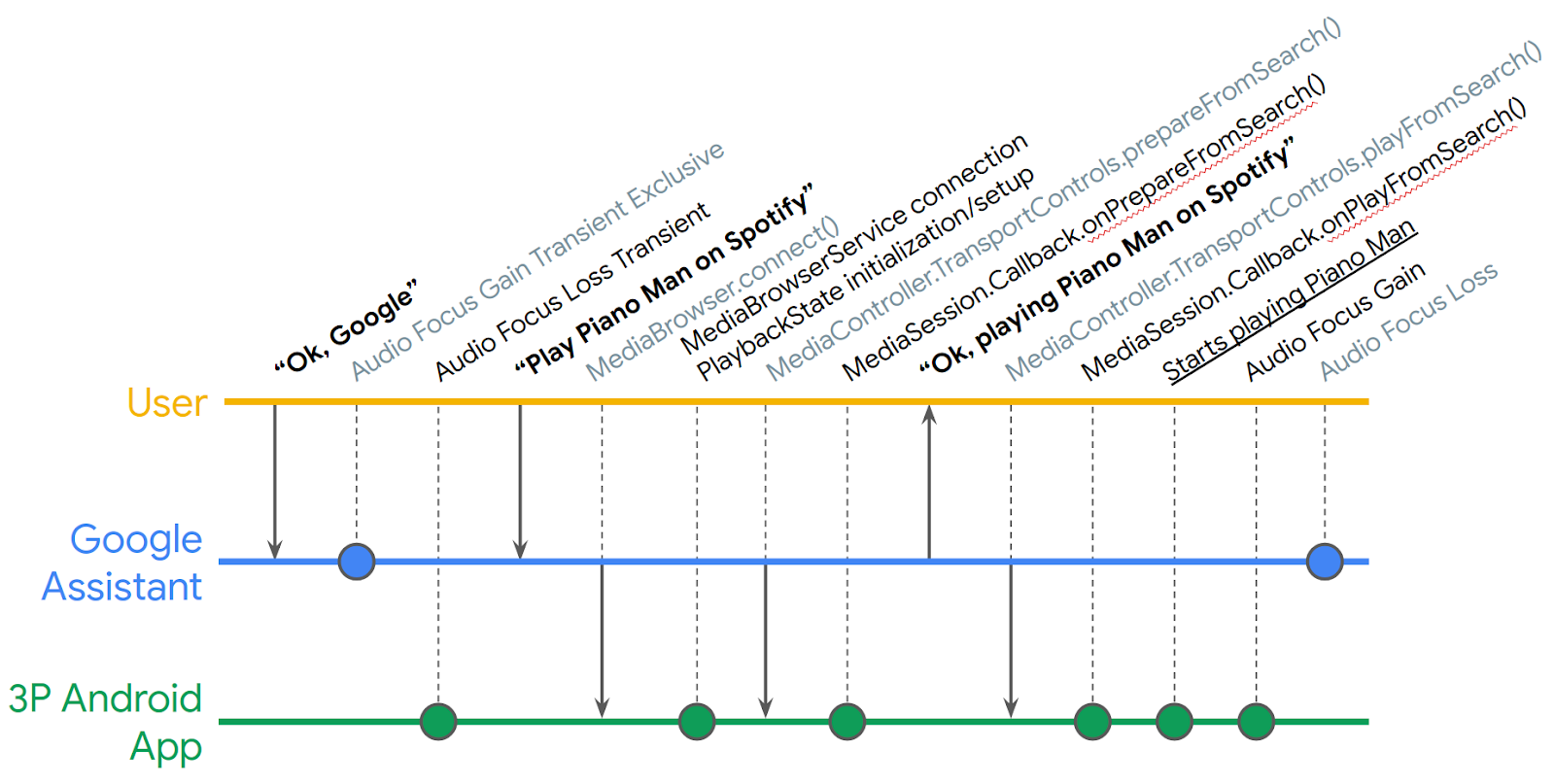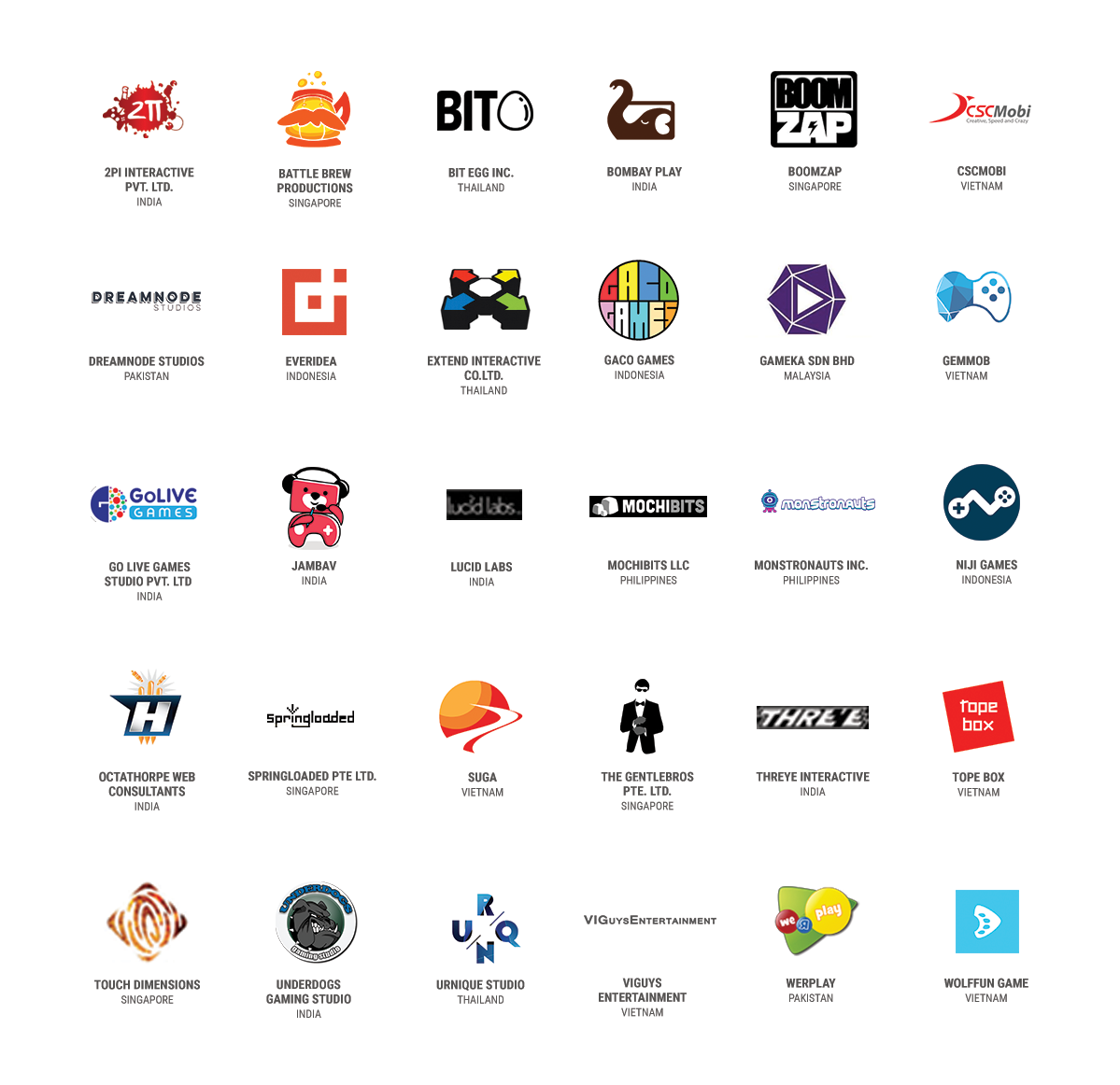Make the most of Notifications with the redesigned Wear OS by Google

Posted by Hoi Lam , Lead Developer Advocate, Wear OS by Google Today we announced that we are evolving the design of Wear OS by Google to help you get the most out of your time - providing quicker access to your information and notifications. Notifications can come from the automatic bridging of the phone's notification or be generated by a local Wear app running on the watch. Whether you are a phone developer, a Wear app developer, or both, there are a few things you will need to know about the new notification stream. The new notification stream Until now, each notification took up the entire screen in Wear OS. Although this provided more space to include things like inline action, it also meant it took a long time for the user to go through all their notifications. The new notification stream is more compact, and can display multiple notifications on the same screen. This means users can process their notification streams more quickly. What this means for developers Concise not...








